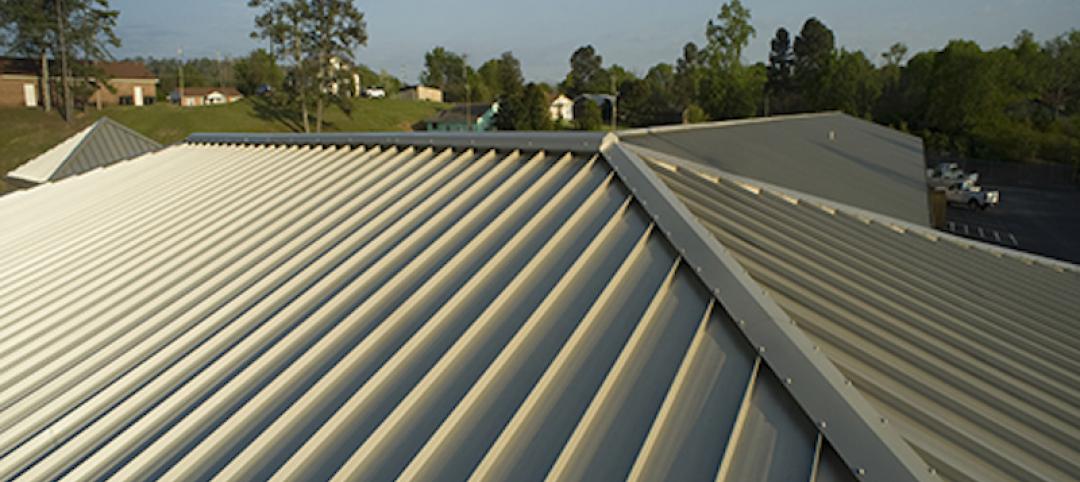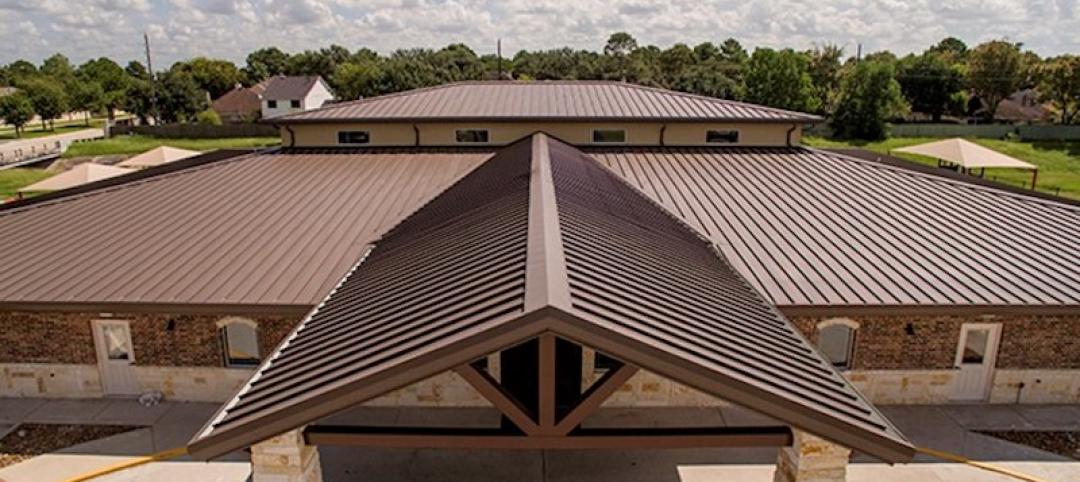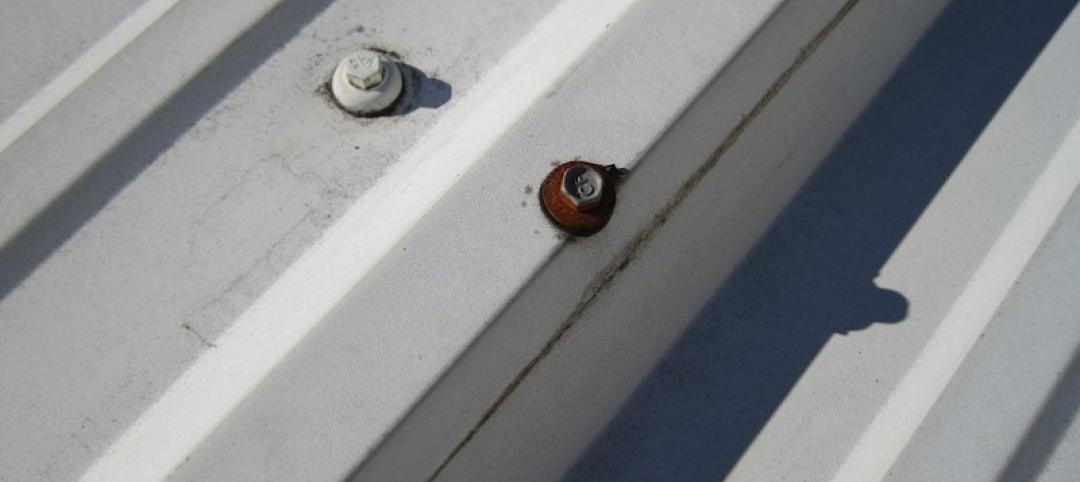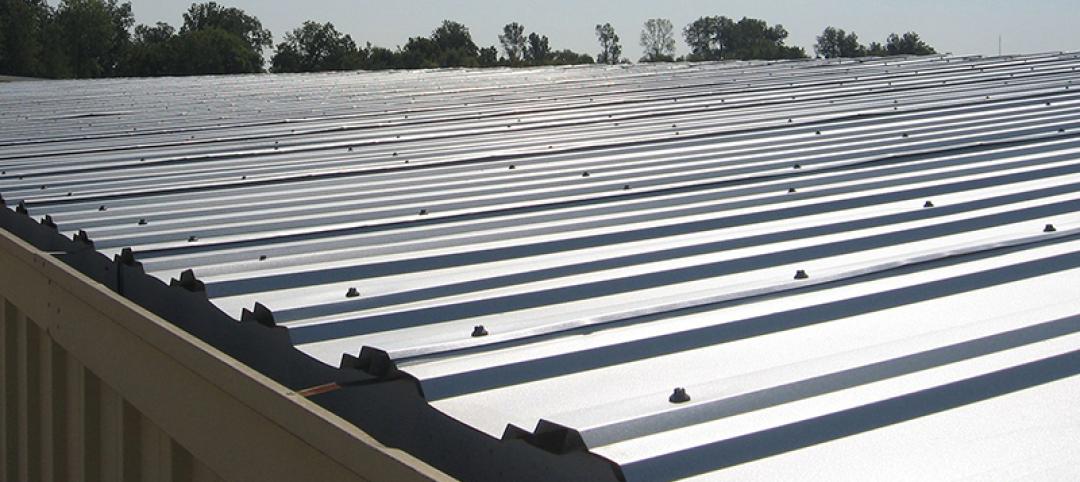Designing and constructing sustainable buildings has become a mainstream expectation of most building owners. Whether for reduced energy costs, higher returns on investment, or as an organizational philosophy, “green” building solutions are in demand. Perhaps the best known and most often cited program to achieve these goals is the LEED® rating system developed by the US Green Building Council (USGBC). While some may think that a green building costs more and is more complicated to build, that is not actually the case, especially when metal building materials are used. In fact, metal buildings are an ideal and economical way to pursue sustainability goals and LEED® certification. How? We break it down as follows:
The LEED® Program: The LEED® program has been in use since 1998 and is now used worldwide. It is a voluntary, point-based rating system that allows for independent review and certification at different levels. These levels include Certified (40-49 points), Silver (50-59 points), Gold (60-79 points), or Platinum (80 or more points). Since it allows for choices in which points are pursued, innovation and flexibility are entirely possible as long as specific performance criteria are met. It also encourages collaborative and integrative design, construction and operation of the building. Points are organized into six basic categories of credits, many of which can be readily addressed through metal building design and construction, as summarized below.
— Location and Transportation: Metal buildings are often located near neighborhoods with diverse uses, mass transit, bicycle trails, or other amenities that support sustainable develoopment. The parking areas for metal buildings can also be designed to promote sustainable practices for green vehicles and reduced pavement, all of which can be eligible for LEED® points.
— Sustainable Sites: Adding a building to any site will certainly impact the natural environment already there. Designing an efficient building to minimize those impacts can be readily done with a metal building. Further, portions of a pre-engineered metal building package can be sequenced to arrive as needed so that the staging area on-site can be minimized—reducing site impacts. Additionally, using a “cool metal roof” on a building has been shown to reduce “heat island” effects on the surrounding site and also qualify for points.
— Water Efficiency: Any design that reduces or eliminates the need for irrigation of plantings and other outdoor water uses is preferred. Similarly, reducing the volume of water needed for common activities related to drinking water, sanitation and cleaning are clearly more sustainable than those requiring more water usage.
— Energy and Atmosphere: This is a category where metal buildings can truly shine. Creating a well-insulated and air-sealed building enclosure is the first and most cost-effective step in creating an energy conserving building. Metal buildings can achieve this through a variety of insulation methods in both the roof and the wall systems. Traditional systems use one or more layers of fiberglass insulation and liners combined with sealant and air barriers. Insulated metal panels (IMPs) provide all of that in a single manufactured sandwich panel with impressive performance. When it comes to openings in the walls and roofs, windows, skylights and translucent roof panels can provide natural daylight allowing electric lighting to be dimmed or turned off.

For buildings seeking to generate their own electricity, metal buildings that use standing seam metal roofing are an ideal opportunity for the simplified installation of solar photovoltaic (PV) systems. Metal roofs generally provide a sustainable service life in excess of 40 years. This means they can outlast the PV array, thus avoiding costly roof replacements during most PV array lifespans.
— Materials and Resources: Life Cycle Assessments (LCAs) are recognized by LEED® as the most effective means to holistically assess the impacts that materials and processes have on the environment and on people. Fortunately, the Metal Building Manufacturer’s Association (MBMA) has collaborated with the Athena Sustainable Materials Institute and UL Environment to develop an industry-wide life cycle assessment report. There is also an Athena Impact Estimator that can help with providing documentation for LEED® certification. The lighter weight, reduced concrete use and recycled content of metal building components helps demonstrate reduced environmental impacts.
— Indoor Environmental Quality: LEED® recognizes that many people spend much more time indoors than they do outside, which impacts human health. Therefore, it promotes or requires the use of materials that do not use or emit substances that can be harmful to people either immediately or over time. For general psychological and emotional well-being, it also promotes design options for natural daylight, views to the exterior, acoustical control and similar conditions. All of these can be readily met with metal building systems.
In addition to the above, there are additional LEED® points possible for innovation by exceeding minimum credit requirements and for addressing regional priorities. Considering the qualities listed above, metal buildings are prime opportunities to address these as well as all other categories of credits discussed for all levels of certification.
To find out more about the LEED® rating system, visit https://new.usgbc.org/leed. To find out more about how to successfully design and construct metal buildings pursuing LEED® certification, contact your local MBCI representative.
More from Author
MBCI | Dec 16, 2019
Cutting Metal Panels On Site
Cutting metal panels during project installation is a common construction practice. Check out this new blog post for field-cutting techniques, tools and best practices that can help preserve metal roof and wall panel appearance and longevity.
MBCI | Nov 15, 2019
Upgrading your roof with metal panels
We’ll address some ways metal roofing systems are an advantage when upgrading your roof and restoring your building to “like-new”, weathertight condition.
MBCI | Oct 15, 2019
Should you repair or replace a roof? How to decide
There are a number of key considerations.
MBCI | Jul 16, 2019
Metal roof seaming best practices
Because of the critical nature of seaming metal roofs, the crew members doing this work should be properly trained.
MBCI | May 16, 2019
Metal roof installation
Metal roof installation techniques vary greatly depending on the fastening system selected.
MBCI | Apr 10, 2019
Long-life fasteners: A key component of a properly installed metal roof
The fasteners used to attach a metal roof system are a significant part of the roof performance and, in turn, of the whole building.
MBCI | Mar 25, 2019
Insulated metal panels achieve high-tech design aesthetics
The new facility is expected to increase the number of jobs within the community.
MBCI | Feb 1, 2019
Why choose Retro-R® panels?
If your existing R-panel roof is in need of replacement or repair, Retro-R® panels may be the right retrofit solution.














